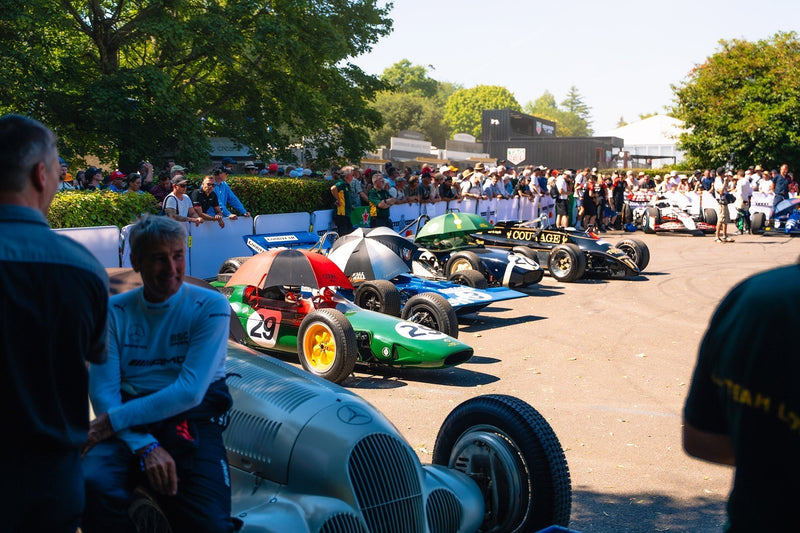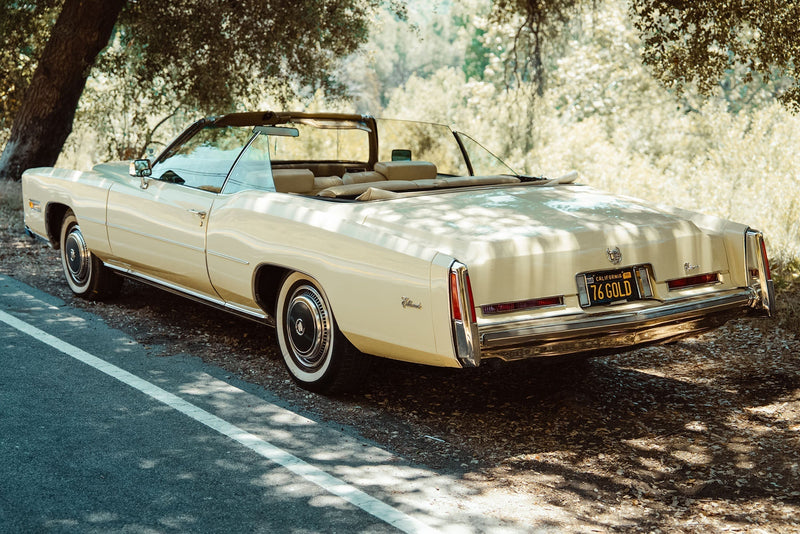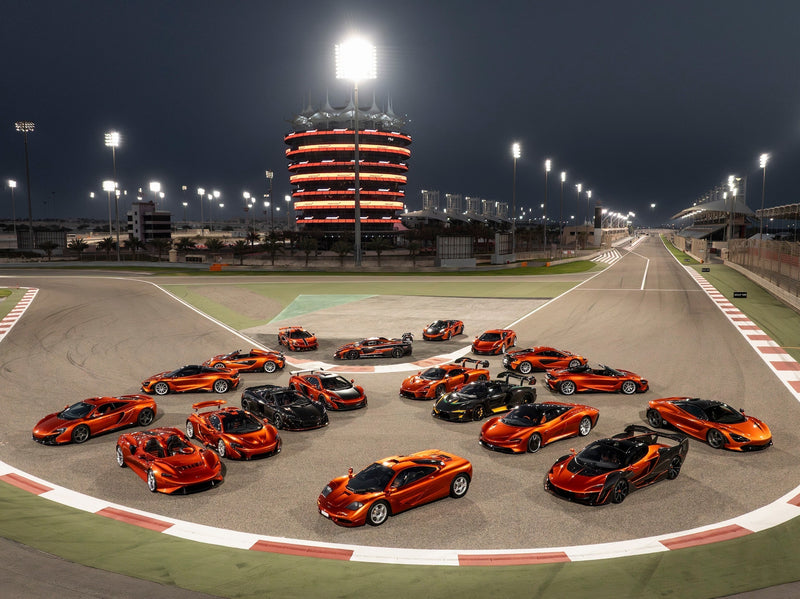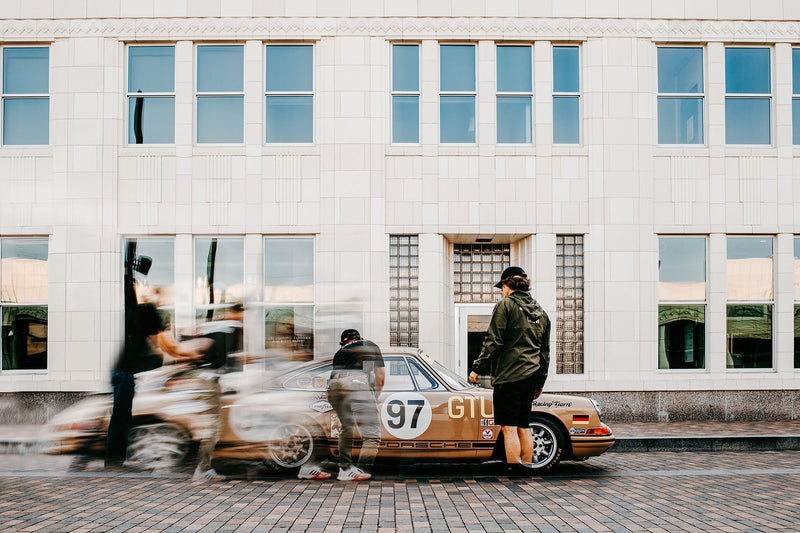
The youngest of five children, and daughter to a white postman and a black housewife, Hellé excelled at everything she turned her hand to. Charming, quick-witted and enthusiastic, she grew out of the small village of Aunay-sous-Auneau near Chartres when she was 16, leaving for Paris shortly after the end of the First World War. The roaring twenties were a perfect backdrop for her exuberance and youth. Her beauty and grace quickly had her making a sizeable income from modelling and cabaret shows, where she wowed Parisian nightclubs with her acrobatics. Her winning smile would garner the attention of the most eligible men throughout the world, including Jean Bugatti who became a close ally and lover.
Her joie de vivre extended to speed. Fortunately for the world of motor-racing, a tumble on the slopes ended her dancing career. The track beckoned. By 1929 she had set the World Land Speed Record for women, driving at 120 mph during an all-female Grand Prix at Montlhéry in a Bugatti 35C.
A tour of every American East-Coast race track sponsored by the talent agency William Morris followed. The Bugatti Queen drew hordes to tracks, everywhere, in her bright blue racing car. Over her racing career, Nice drove in 78 Grand Prix and numerous hillclimbs, rallies and endurance trials to boot. Her spirit in a male-dominated sport was resilient and competitive. As she toldL’Intransigeant in 1930 “It’s all I ever ask for, just to show what I can do, without a handicap, against men”.


But Nice, for all her romance and success, didn’t have a happy ending. The racer had her fair share of staring death in the face. Skidding on black ice at the Monte Carlo Rally landed her in a canal. In 1933, despite seeing three fellow racers die, she clung onto ninth place at the Italian Grand Prix. But her closest shave came in 1936. At the Brazilian Grand Prix, twenty yards from the finishing line, swerving to avoid a man removing a hale bale from the middle of the track, her Alfa Romeo flipped, somersaulted through the air and crashed into the grandstand killing and injuring many spectators.
She awoke from a coma after three days. The strength she showed in her recovery made her a Brazilian national hero—even now, Hellenice and Ellenice are not uncommon girls' names there. Despite a strong recovery, Nice never regained the success she had enjoyed before.
She attempted a comeback to racing the following year, but sponsorships deals and racing opportunities for a driver that had suffered serious head injuries were hard to come by. Then, within the space of a month, Jean Bugatti died while test driving and the Second World War began.

The end of the war didn’t bring a change in luck. At a party in Monte Carlo to celebrate the armistice and the return of racing, Louis Chiron told the party that Nice had acted as a gestapo agent, with the accusation to instantly shatter her reputation. For the rest of her life, she relied on the kindness of charity. She died on a public ward in a hospital in 1984.
Until recently, the memory of Hellé Nice was all but lost. But thanks to Miranda Seymour’s 2004 biography,The Bugatti Queen , Hellé Nice’s name was cleared. Chrion’s slur was without foundation. Today, Hellé Nice’s spirit is remembered by a foundation in her name.
Hellé Nice entered into a world predominated by life-threatening danger, hard work and skill, governed by the opposite sex. She did so without the support of inherited or spousal wealth, a claim that couldn’t be made by her peers. Her courage and determination makes her the perfect role model for any racer today, male or female.
She was,ahem , a hell of a woman.




Image sources: wikipedia.org, yahoo.com, dpccars.com, edublogs.org




















































